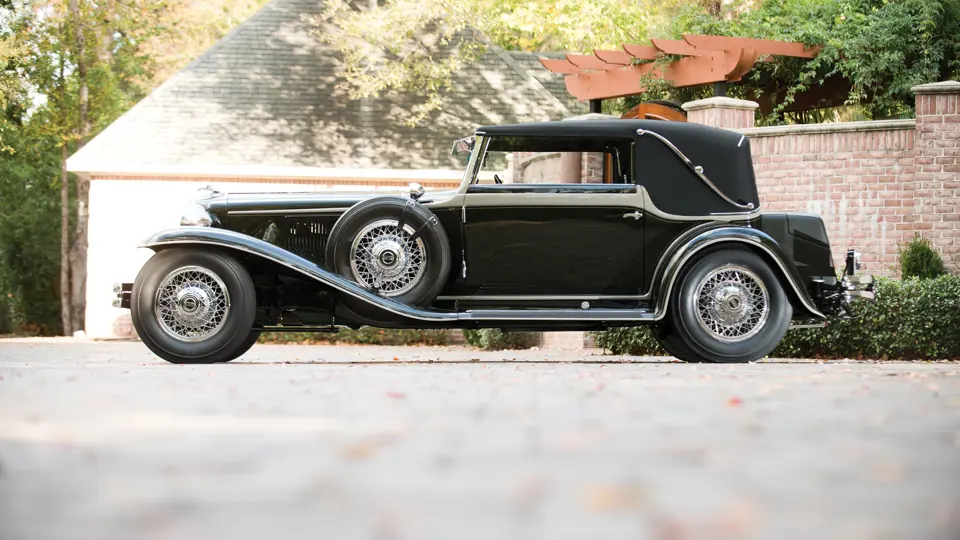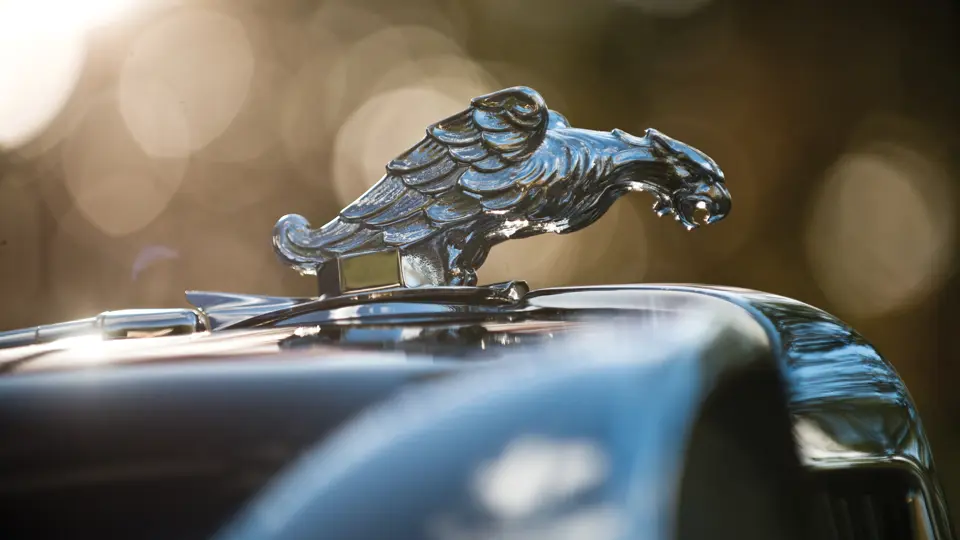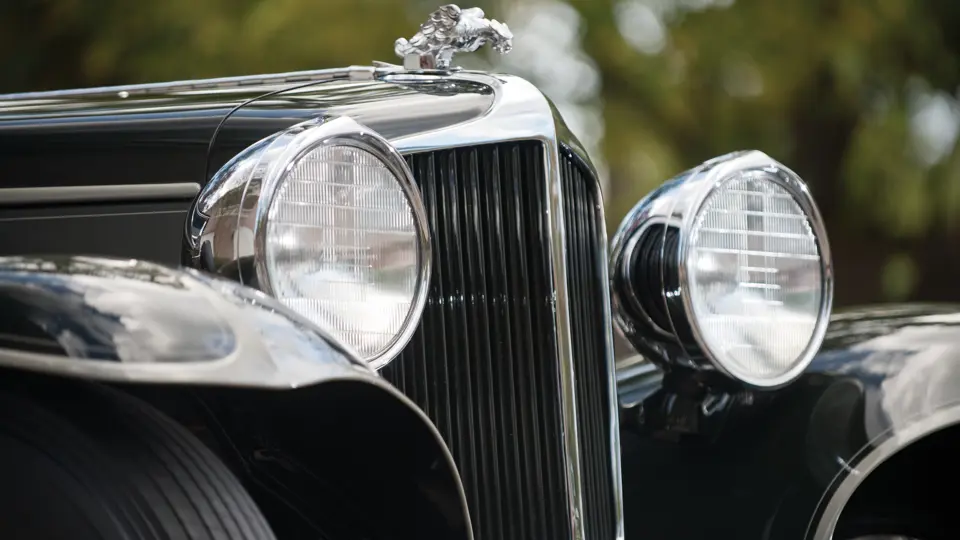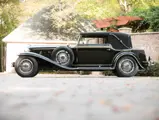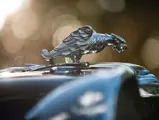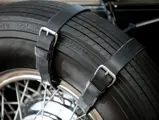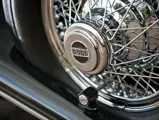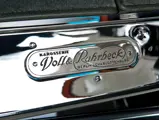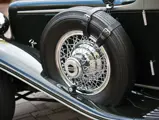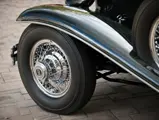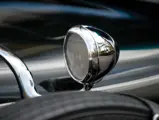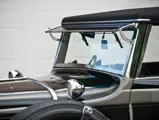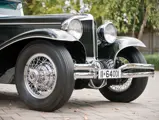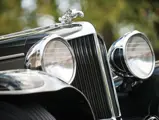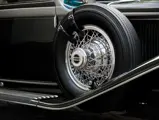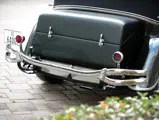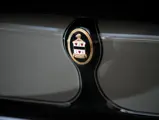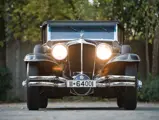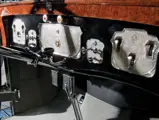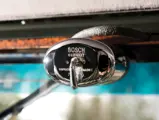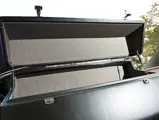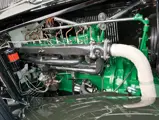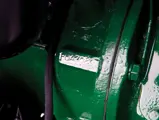
1930 Cord L-29 Sport Cabriolet by Voll & Ruhrbeck
{{lr.item.text}}
$990,000 USD | Sold
{{bidding.lot.reserveStatusFormatted}}
- Offered from the collection of Jim Fasnacht
- The 1931 Berlin Motor Show car with one-off, custom, German coachwork
- ACD Club certified and fully documented
- Best of Show at the 2005 Auburn Cord Duesenberg Club National Reunion
- Invited to the 2013 Concours d’Elegance of America at St. John’s
125 bhp, 298 cu. in. side-valve inline eight-cylinder engine, front-wheel drive, three-speed transmission, quarter-elliptic front leaf springs at the front with rear semi-elliptic leaf springs, and four-wheel hydraulic drum brakes. Wheelbase: 137.5 in.
The story of this L-29 Cord, number 2927898, is an adventure. It begins, like a lot of adventures, innocently enough: a production line in a small Indiana farm town, ironically turning out one of the most advanced automobiles the world had yet known. It continues across the Atlantic, with craftsmen’s hammers busy at work in a shop deep within a darkening Berlin. It leads to dusty storage in Argentina, and then to rediscovery, repatriation, restoration, and, finally, to the happiest and most triumphant of all possible endings.
The introduction of the Cord Front Drive in 1929 had fascinated the motoring world, intriguing Europeans and Americans alike. To help spur the fascination onward, Auburn Automobile Company sent four new examples of the L-29 to Europe to tour the motor shows. This display captured the hearts of many; in particular, one who felt a high-caliber European custom body would best suit this advanced platform.
Enter Voll and Ruhrbeck, of Berlin, a world-class builder of fine custom coachwork. The firm’s work graced the finest of chassis, including Mercedes, Horch, Bugatti, Daimler, Maybach, and Rolls-Royce. It would be there that a unique custom body would be commissioned to be placed on a Cord chassis. Today, it is not entirely known how this came about, but it appeared that expense was no object. It is rumored that to expedite the process, the chassis was absconded from the original show car sedan, although this has never been completely verified.
Nonetheless, only 10 months after the chassis had departed Indiana, it appeared in its new formal dress, as it is seen today, at the February 1931 Berlin Motor Show. It was among a selection of the finest Auburn and Cord offerings presented by Fahrkraft G.m.b.H., the Auburn-Cord distributors in Berlin. It was something of a sensation, not only in Germany, but also back in the United States. The March issue of Auburn’s dealer newsletter, The Accelerator, flaunted the sport cabriolet, picturing it with a doubtlessly proud Mr. Schmidt, of Hamburg distributor Franck & Schmidt, and a very pleased Ruth Ingrid Richard, Miss Germany.
The body they created was a classic pre-war German convertible. Everything about it is large, with massive doors that yield to reveal a five-passenger interior swathed in thick leather and capped with great slabs of polished mahogany. Front bucket seats, virtually unknown in America in 1931, added a hint of sportiness to what was otherwise a “sport” cabriolet, or otherwise a very formal convertible. Once inside, passengers would heave the doors closed with a tug of assist handles crafted of woven leather.
Detail and craftsmanship was visible in even the tiniest details, such as the beltline molding that flows through the doors and then sinks under the edges of the convertible top and flows down around the rear fenders. Carrying a line of contrasting color through the doors, the beltline recalls that of the factory L-29 cabriolets. The low, raked windshield with a subtle glass visor gives it an elegant yet somewhat sinister appearance. The top bears landau irons that are unusually slender, even delicate, and wraps around an unusual spring-loading mechanism, which assists in raising and lowering the bows and fabric. In addition, the windows roll down through custom tracks, which then fold away to disappear when the windows and top are lowered. Unlike many open cars, this Cord has a complete interior headliner, giving it the feel of being an enclosed car. The leather-covered trunk at the rear of the car was finished, as well as any piece of bespoke luggage, and it was commodious enough to accommodate attire for a Grand Tour.
The car apparently remained in Germany until around 1940, when it departed the country for reasons as yet unknown. Its final destination was Argentina, which was fast becoming a favorite gathering place of European Classics in exile. In all likelihood, the car’s long-term vacation on the pampas was its saving grace, sparing it the fate of many great cars that became bomb fodder as war set over the European continent.
The story picks up in the early-1970s, when an unusual Cord was offered to well-known American Cord enthusiast Ken O’Connor, of California. Selling the automobile was Argentinean broker Hector Mendizabal, known for his skill in unearthing previously unknown treasures. O’Connor knew the custom-bodied Cords well, and his face lit up when Mendizabal described a German bodied Cord bearing the coach number 1686. O’Connor immediately arranged to purchase the car and retrieved it from Argentina, taking delivery on the pier in San Francisco.
While not pristine, on arrival the car was quite complete, and, importantly, it retained not only its original serial number plate, but also the irreplaceable body and sill plates from Voll & Ruhrbeck and all of the numerous custom trim pieces that they had fabricated for the car, stamped with their shop order number 1686. It was, at the time, the only known extant European-bodied L-29, and it was an ideal basis to begin a restoration.
O’Connor always planned to complete that restoration himself, but despite much work being done as years passed, the car was never completed. In 2002, he sold the project to Jim Fasnacht, and, as is typical of a Fasnacht car, the plan was immediately afoot to finally return the L-29 to exquisite condition, with rigorous attention to historical accuracy and authenticity.
The work would be handled by the specialists of LaVine Restorations in Nappanee, Indiana, a highly regarded shop with numerous show and class wins at all of the country’s major, judged concours to their credit. It would be a total, ground-up restoration, with no part left disassembled or untouched, and all of the components restored under O’Connor’s ownership were redone due to age or the necessity to upgrade them to modern show standards. Numerous L-29 experts were contacted and interviewed, gathering their knowledge of the car and its history. The goal was “cost-no-object” perfection in every nut and bolt.
Restoration began in Nappanee in March 2004, and it was completed just in time for display at the Pebble Beach Concours d’Elegance in August 2005, marking the first time that the Voll & Ruhrbeck Sport Cabriolet had been displayed to the world since 1931. Amongst fierce competition, the car scored Second in Class, behind the Most Elegant Open Car winner, the 1931 DuPont Model H Sport Phaeton by Merrimac.
A month later, the car was returned to Auburn, Indiana, for the first time since its chassis departed for Europe seven decades prior, to be shown at the Auburn Cord Duesenberg Club’s National Reunion. Mr. Fasnacht delights in telling of the joy the L-29 enthusiasts present took in seeing the car not only at last restored, but to such a beautiful and authentic standard.
The judges appreciated the car as well, and at the end of the weekend, it was awarded not only the E.L. Cord Award, marking it as the Best L-29 of the show, but also the Harold Ames Trophy for Best of Show from over 300 judged ACD cars. The car that had once turned heads in Berlin “still had it,” as much a showstopper in the 21st century as it had been in the 20th. It remains so today, as fresh, sparkling, and perfectly maintained as it was in Auburn, and it comes complete with an invitation to its next show appearance at the 2013 Concours d’Elegance of America at St. John’s.
This Voll & Ruhrbeck Sport Cabriolet is more than just a custom-bodied Cord L-29. It is more than the only known surviving L-29 fitted with open European coachwork. It is more than an exquisite restoration that has been deeply bowed towards by the most knowledgeable enthusiasts and judges of the marque. It is, quite simply, all of the above and more. It stands ready for a new owner to take the wheel and write the next chapter in its grand adventure.
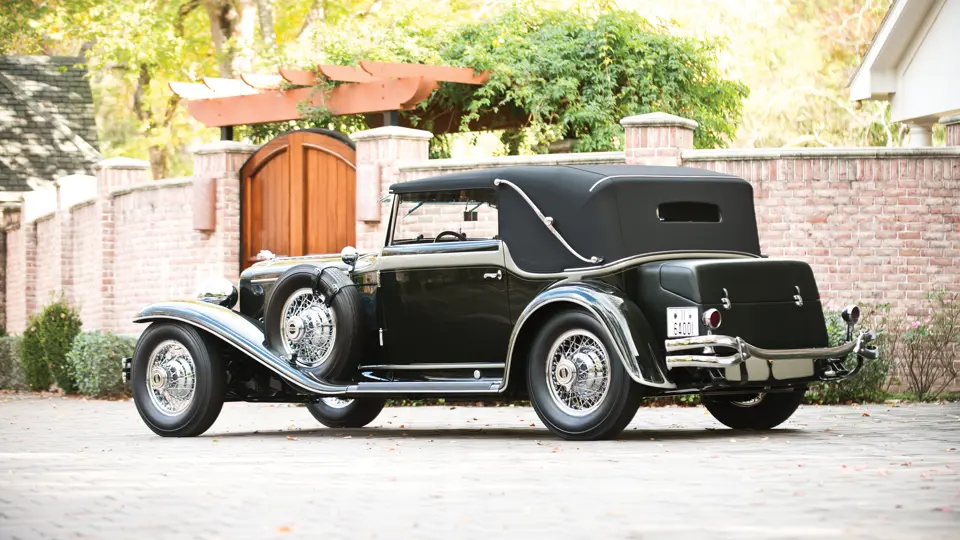

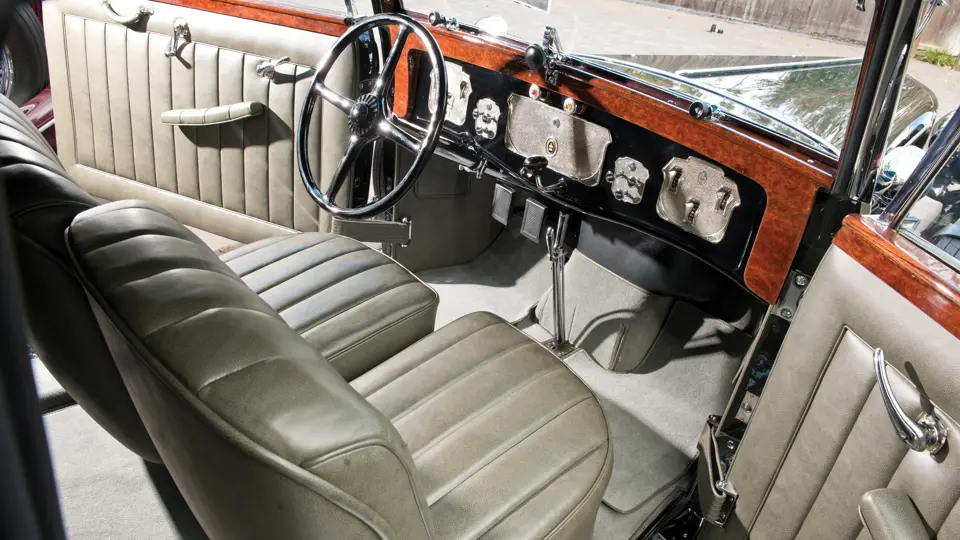

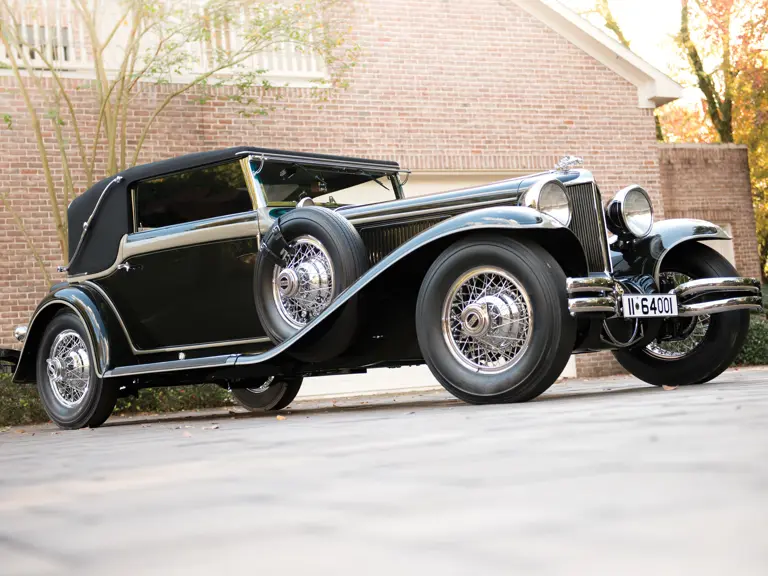
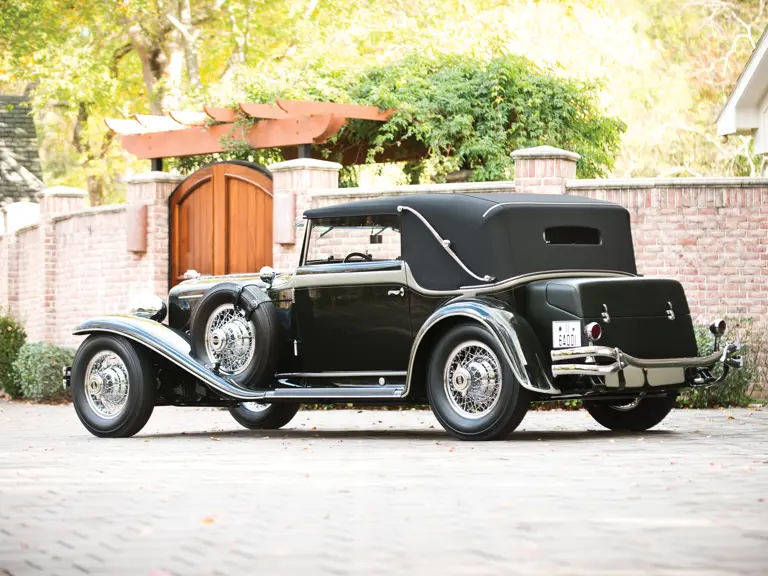
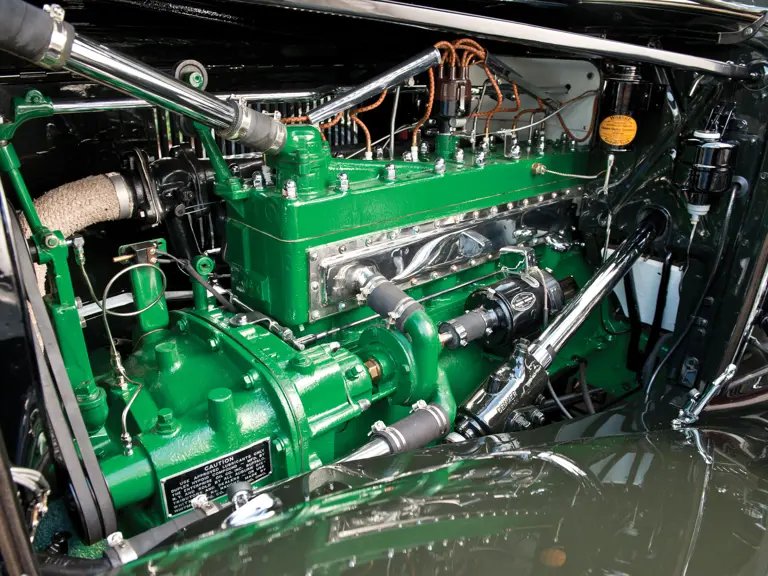
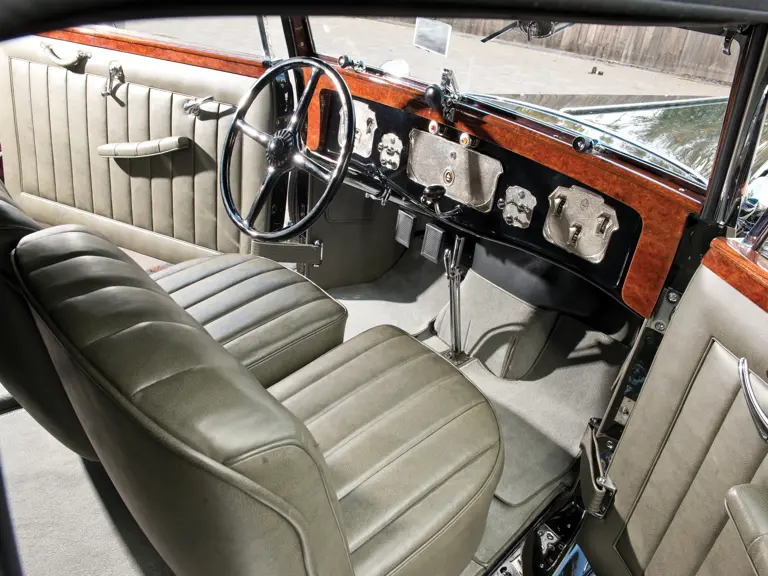
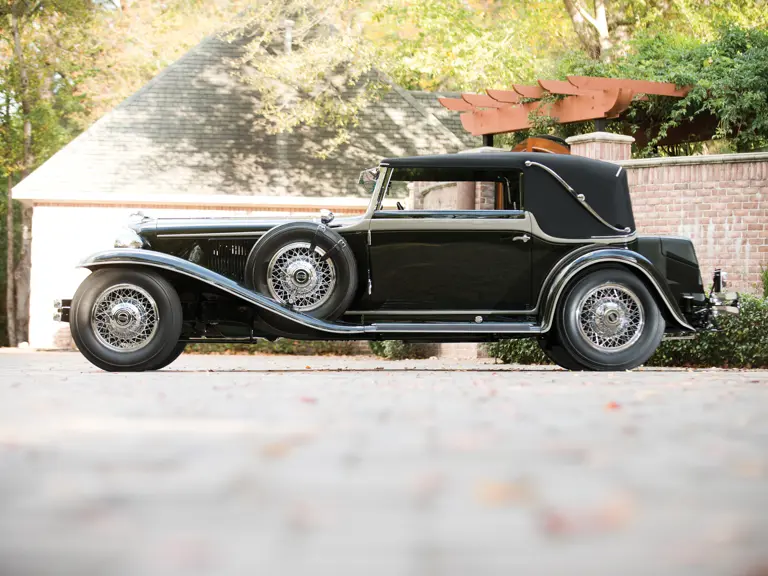

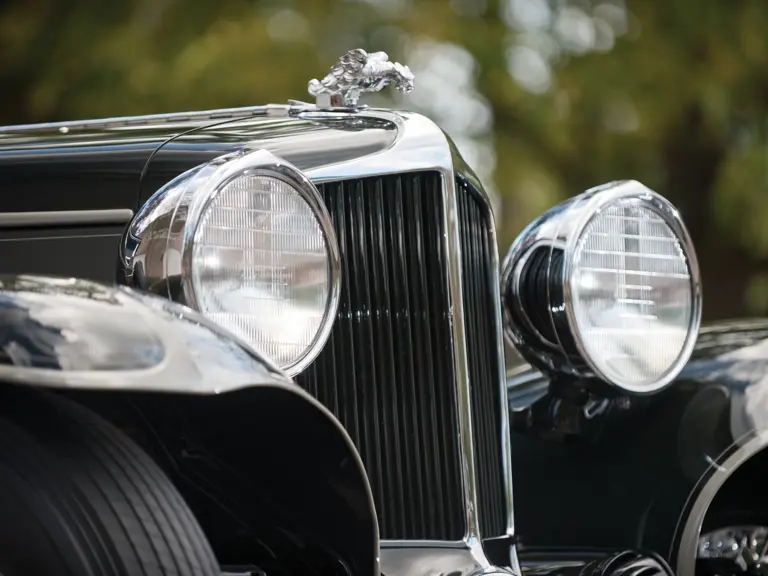
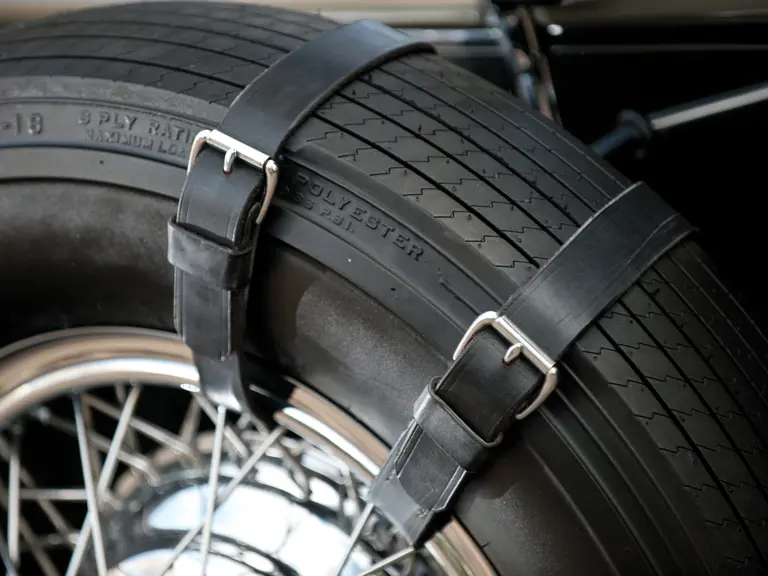
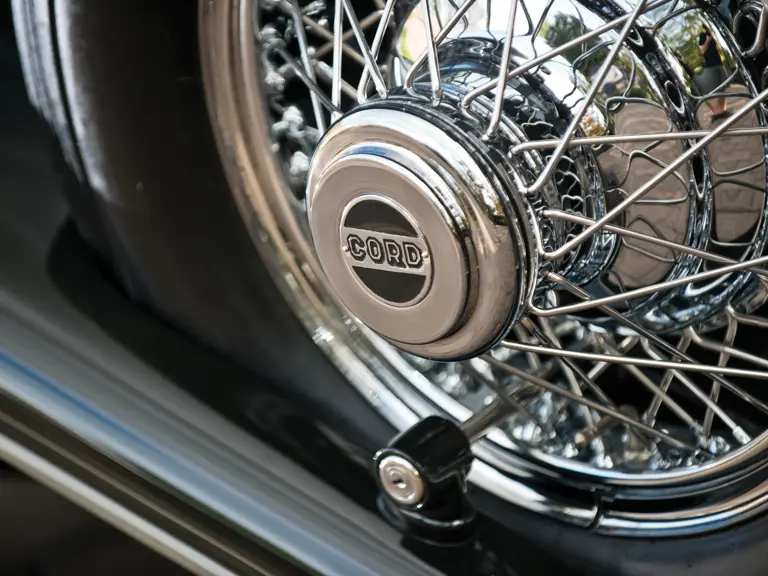
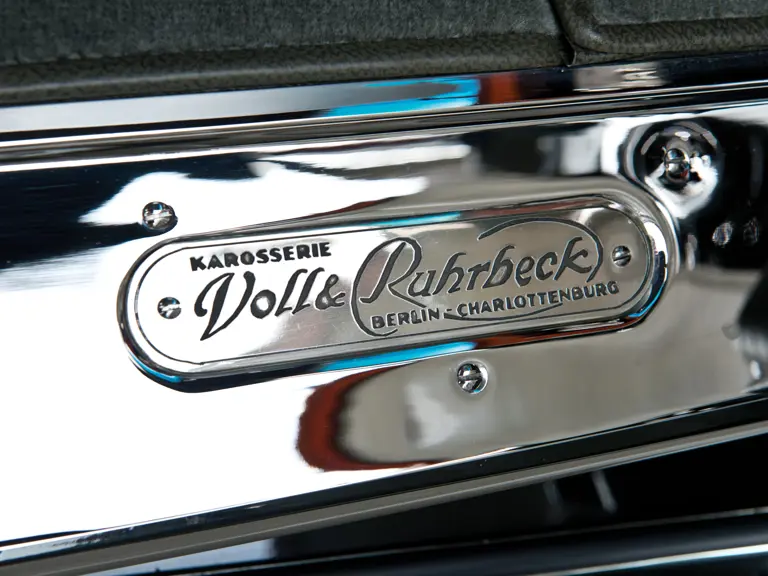
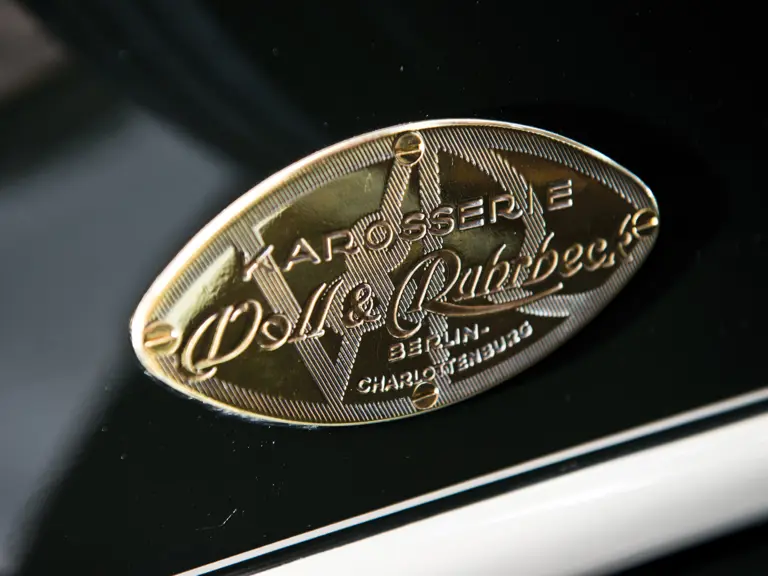
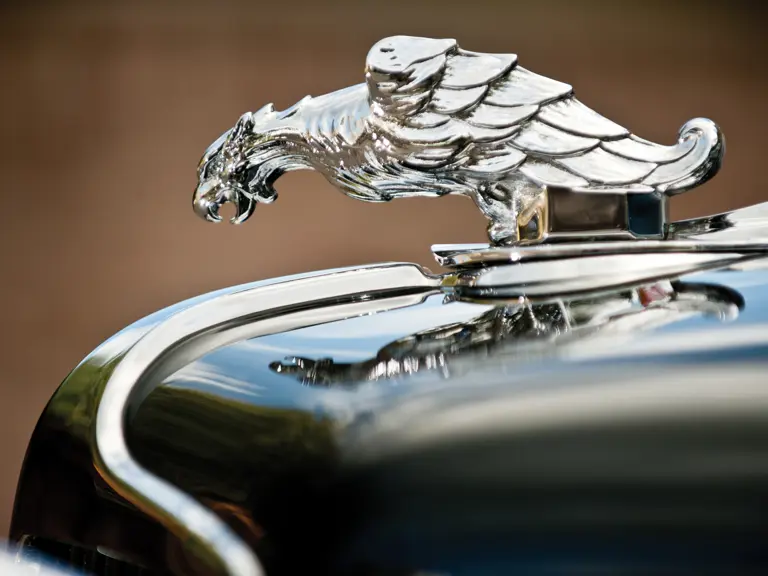
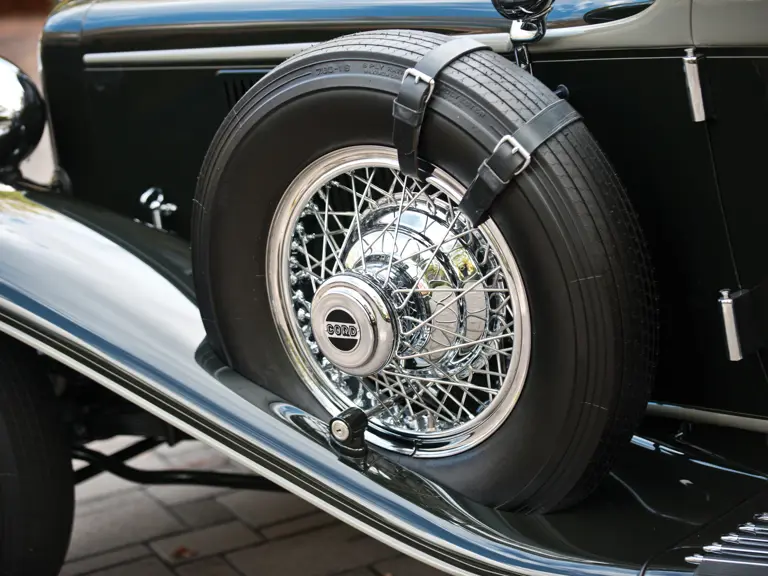
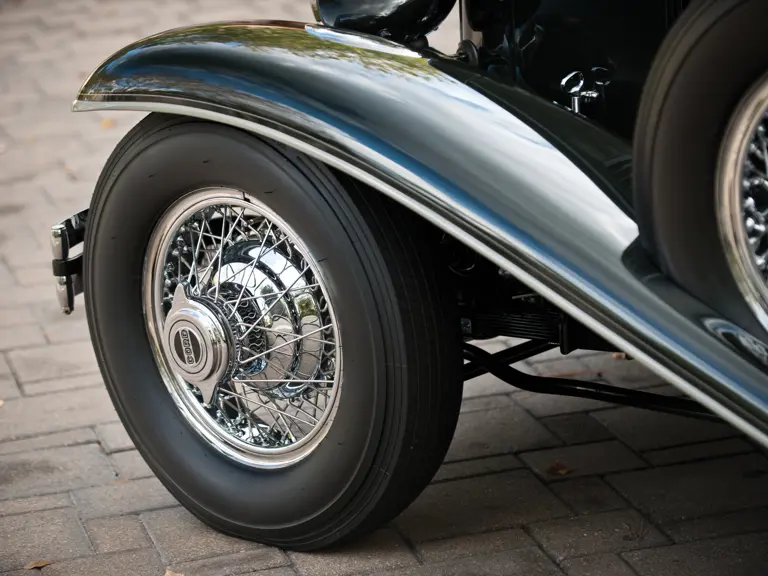

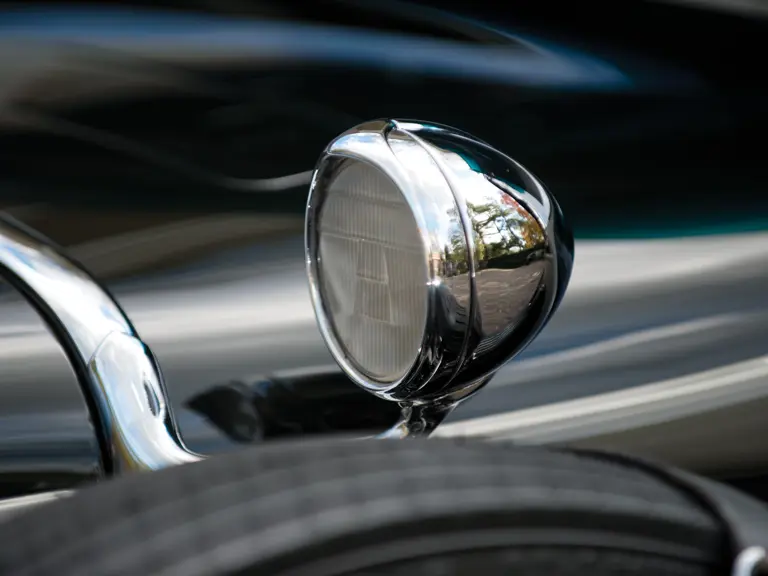
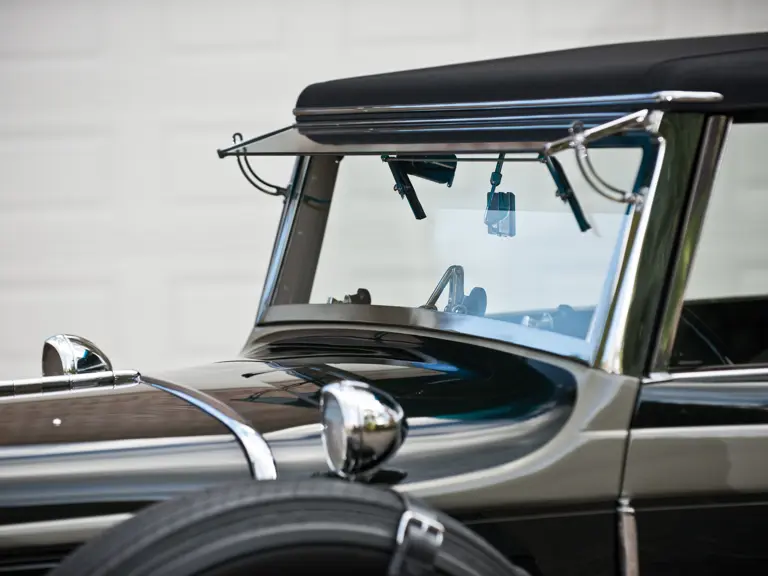


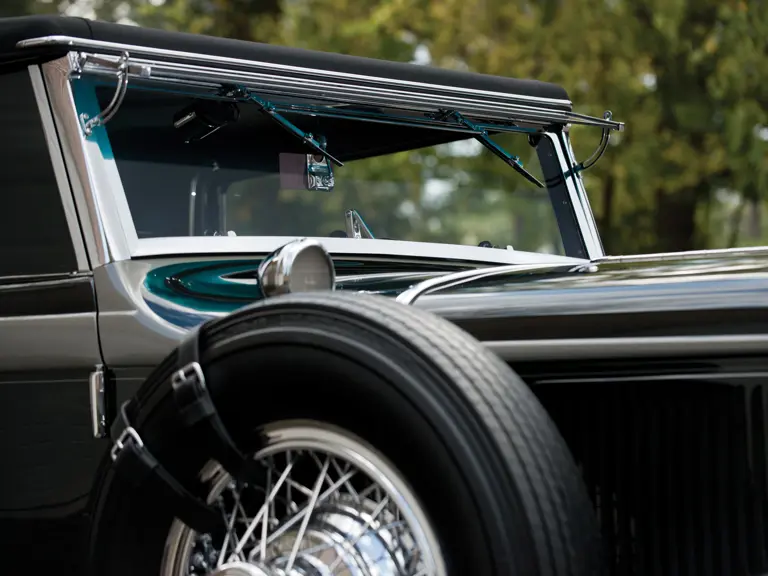
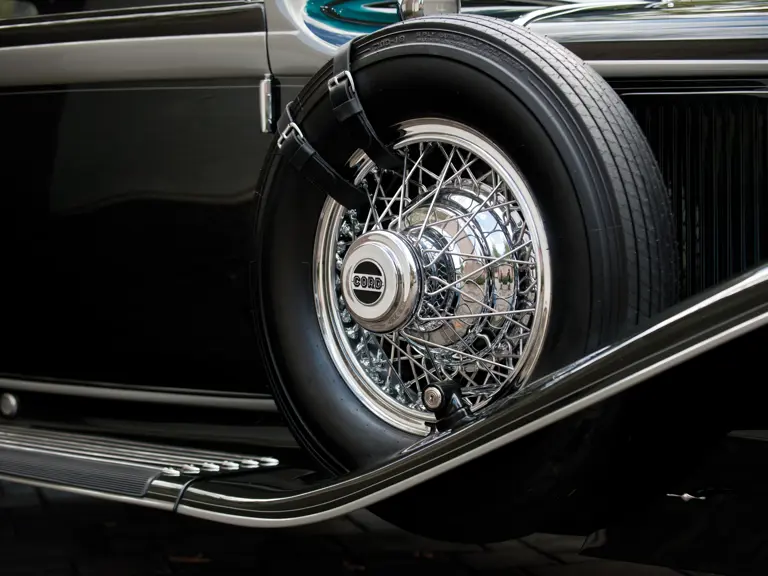
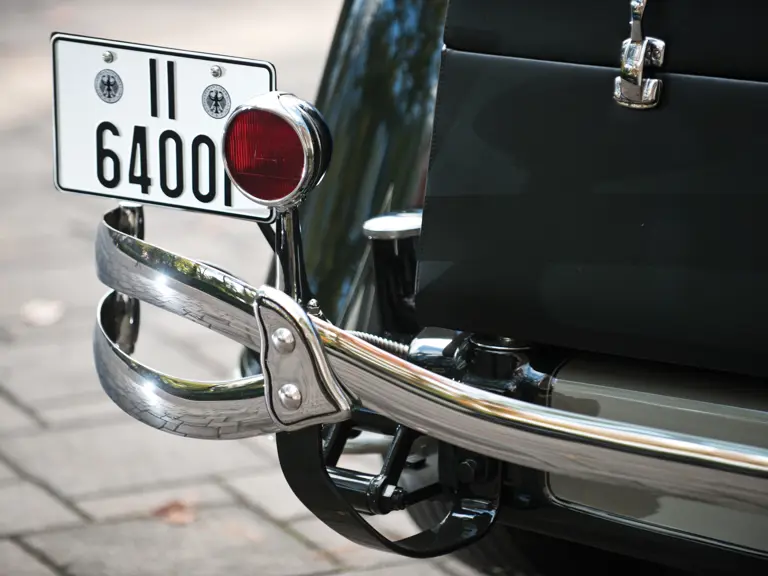


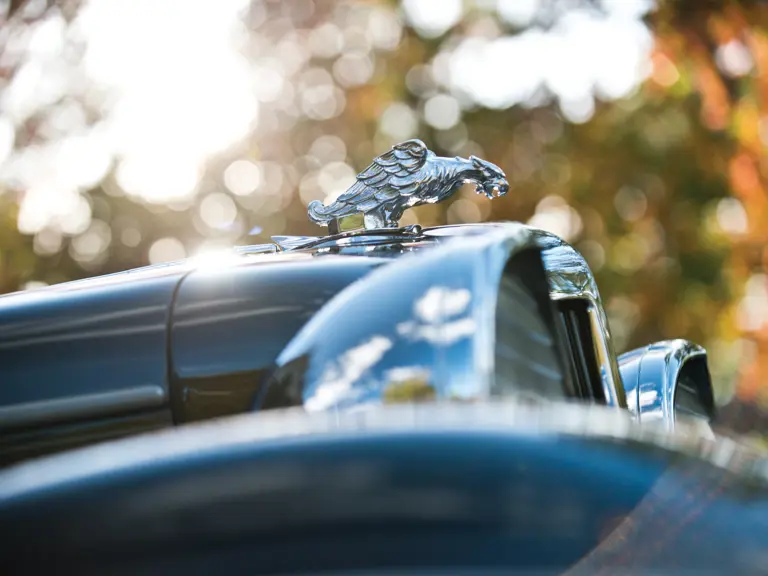

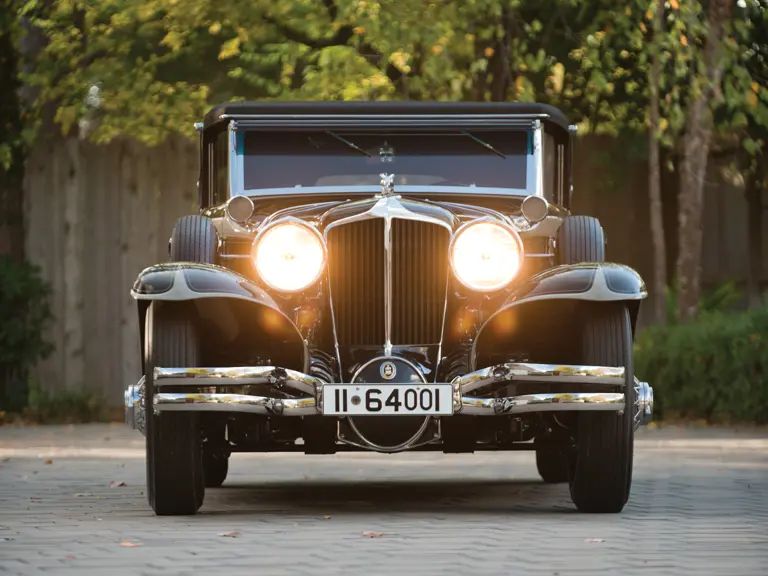
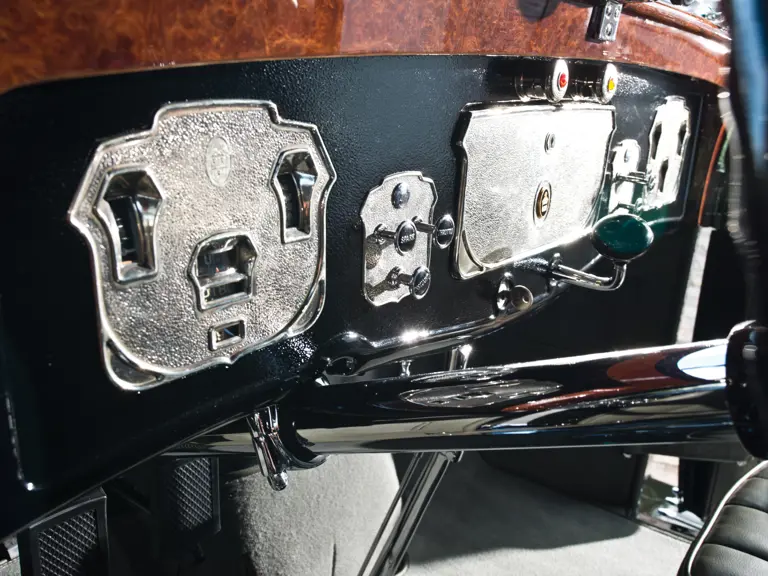
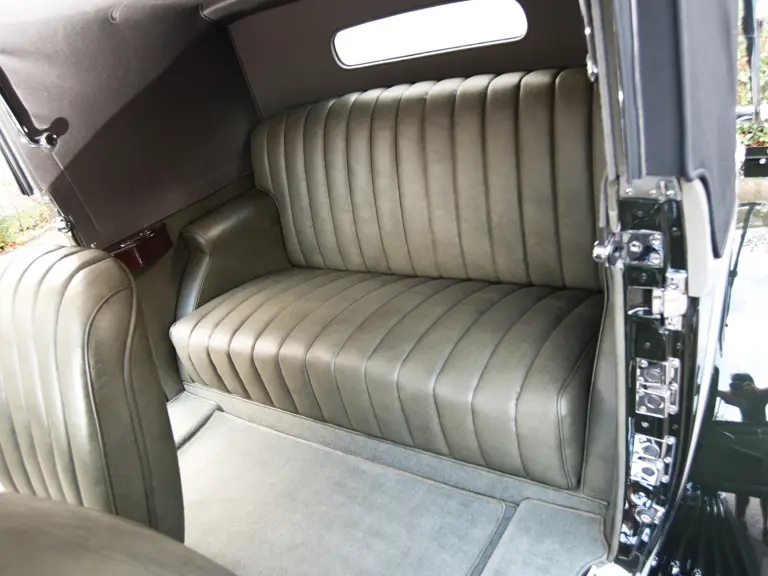
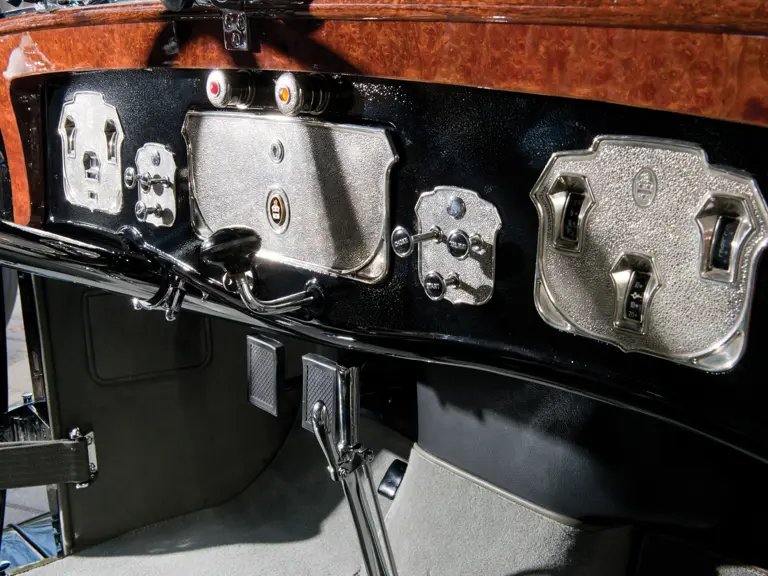


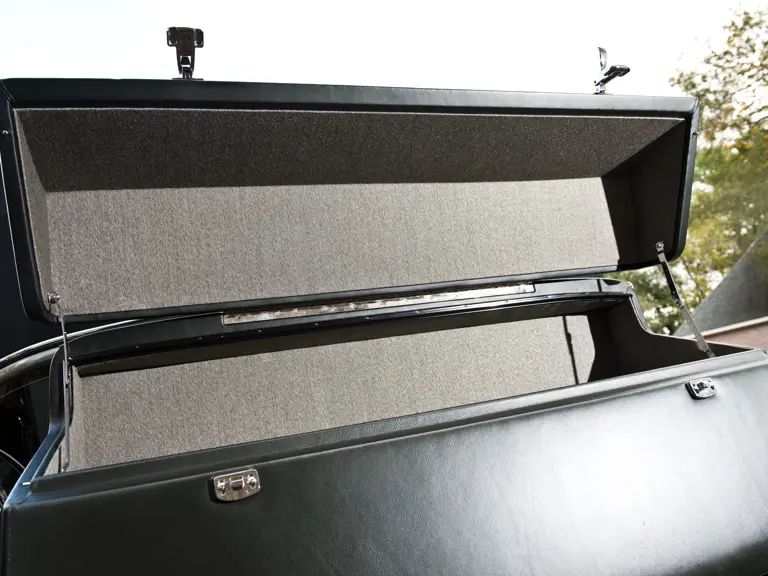
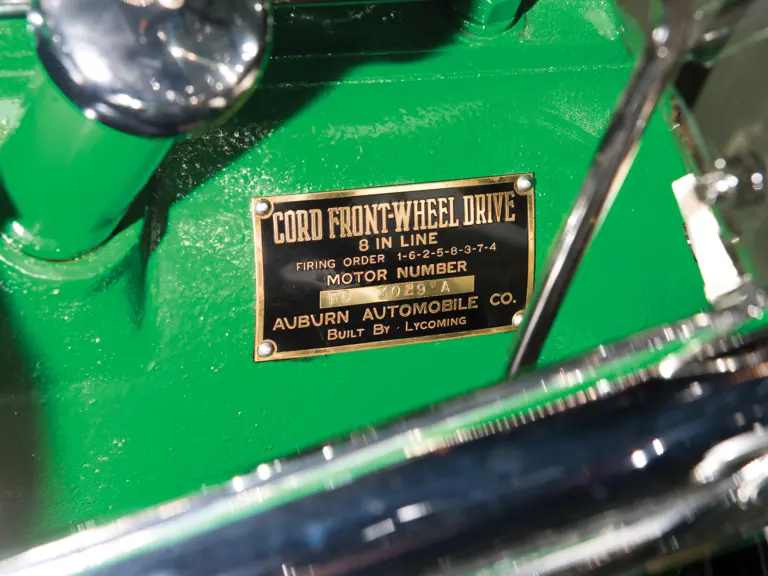

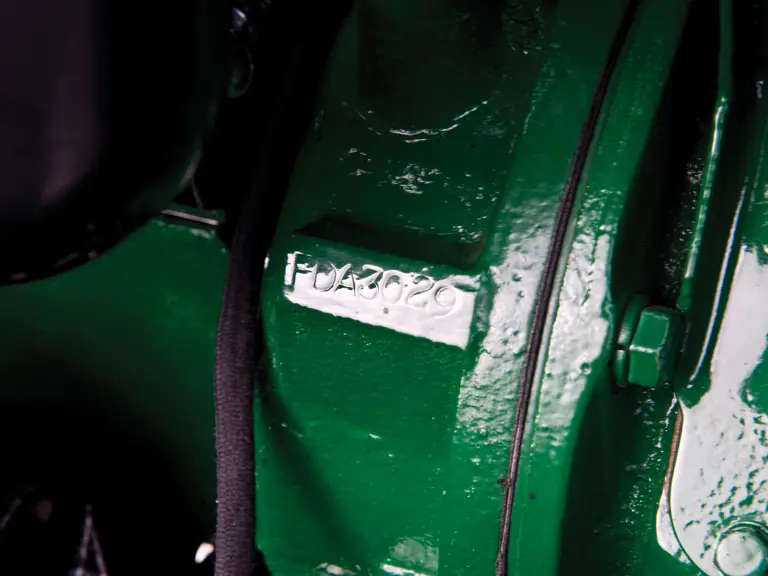
 | Amelia Island, Florida
| Amelia Island, Florida
